A very basic (and possibly dumb!) question
4 years ago
last modified: 4 years ago
Featured Answer
Sort by:Oldest
Comments (19)
Related Discussions
Newbie Gardener with very basic questions
Comments (8)Hi, I live in the hill country, in southeastern Blanco County, so I'll answer the best I can. 1. We are going to bring in dirt. Should we just add dirt on top of what is already there, or should we till the old stuff and mix it up with the new dirt? ANSWER: Till up the old stuff, and pull out the grass and weed root, then dump in the new stuff and till it all in so that you mix it. 2. Can (should) we till a week or two before we actually plant? In other words, can we have the dirt delivered and do the tilling one weekend and do the planting 2-3 weekends later? Yes, you can do that. 3. Because of work and travel schedules, we are limited to putting in the beds either the first weekend in March or the last weekend in March. Which is better? Last weekend might be better weather and warmer, so I'd go with that. 4. We are not going to be putting in a sprinkler system, but were thinking of laying soaker hoses. In reading various posts on this forum, there seems to be a difference of opinion on whether those work or what type to get. Thoughts? Soakers are OK, but I've never been all that impressed with them. You could also do a hose sprinkler. One other important thing--look for deer-resistant plants and flowers, like red salvia and maybe some nice lavendar. Lavendar grows VERY well in the hill country and smells wonderful. Rosemary does well, too! Good luck! We moved out of Austin 2.5 years ago and I wish we could've done it sooner. I LOVE it out here....See Morecan a young dumb lurker ask a dumb question
Comments (16)Most self-rising flours sold in the south have the salt. I find some our here in the west don't. Personally, I prefer it with the salt, but that's probably because it's what I grew up on. And that was not a dumb question at all! (Actually, the only two dumb questions I've ever heard were my sister asking me once "Where do you keep your ice?" and once at the restaurant when a cook had stuck a knife all the way into his hand, one of the managers asked, "Are you hurt?" THOSE were dumb questions. LOL!)...See MoreDumb question about cost of ungroundedness and energy loss
Comments (18)Thanks to everyone for their insight and help. I changed the plug head with another NEMA 6-20P. As suggested by the electrician who upgraded and installed the subpanel back in 2006 (this isn't the same guy who installed the washer), I attached the ground wire to the dedicated electric box. I opened up the washing machine top and bottom looking for exposed wiring. Noticed 2 separate green grounding wire to the frame of the machine. Otherwise all the wires looked fresh and clean, nary a one in contact with something it shouldn't have been. (Did all this without waking up the children and sipping a martini - saturday nights are just too much fun.) The machine has done 3 loads so far without problem. I'm no longer feeling any buzzing off the frame. Sorry jemdaddy, didn't think to test with a voltmeter while the frame was opened. Next time I have the machine pulled out I'll poke at it with a meter because I'm still wondering about losing juice....See Morepossibly dumb site question (warning)
Comments (2)Well, you can always click on someone, anyone's name, to get the basic URL, like so (this one is yours): http://www.gardenweb.com/auth/nph-logincheck.cgi?action=public_profile&user=mtnrdredux Then, replace the last part of the URL with the username you are seeking....See More- 4 years ago
- 4 years agolast modified: 4 years agothreeboxerlover DEZ7a thanked noseometer...(7A, SZ10, Albuquerque)
- 4 years ago
- 4 years ago
- 4 years ago
Related Stories

GREEN BUILDINGGoing Solar at Home: Solar Panel Basics
Save money on electricity and reduce your carbon footprint by installing photovoltaic panels. This guide will help you get started
Full Story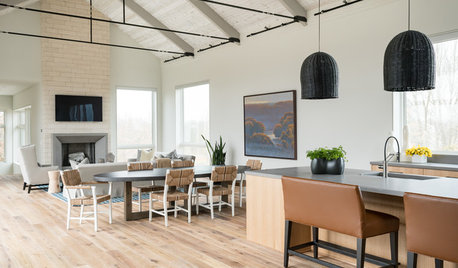
ARCHITECTURE5 Questions to Ask Before Committing to an Open Floor Plan
Wide-open spaces are wonderful, but there are important functional issues to consider before taking down the walls
Full Story
WORKING WITH PROSGo Beyond the Basics When Interviewing Architects
Before you invest all that money and time, make sure you and your architect are well matched beyond the obvious levels
Full Story
GREEN BUILDINGInsulation Basics: Designing for Temperature Extremes in Any Season
Stay comfy during unpredictable weather — and prevent unexpected bills — by efficiently insulating and shading your home
Full Story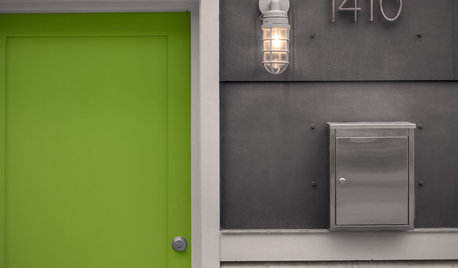
DECORATING GUIDESFeng Shui Basics for a Happy Home
Get the good energy flowing at home for a clearer mind — and maybe even a healthier and more prosperous life
Full Story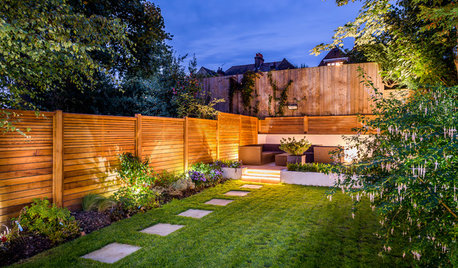
LANDSCAPE DESIGNPros Field Your Questions About Outdoor Lighting
Find out what to consider when illuminating your landscape for safety and ambiance
Full Story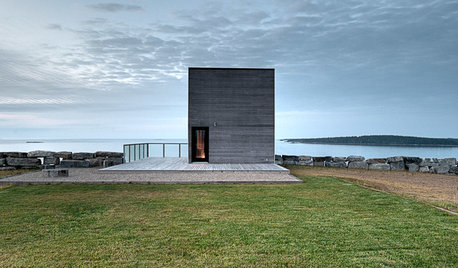
ARCHITECTUREAll the Possibilities: 4 Homes at the Edge of the Earth
Travel to the far reaches of land, where these residences straddle rocky cliffs, leafy lakeshores and choppy inlets
Full Story
MATERIALSInsulation Basics: What to Know About Spray Foam
Learn what exactly spray foam is, the pros and cons of using it and why you shouldn’t mess around with installation
Full Story
GREEN BUILDINGInsulation Basics: Heat, R-Value and the Building Envelope
Learn how heat moves through a home and the materials that can stop it, to make sure your insulation is as effective as you think
Full Story
REMODELING GUIDESConsidering a Fixer-Upper? 15 Questions to Ask First
Learn about the hidden costs and treasures of older homes to avoid budget surprises and accidentally tossing valuable features
Full Story


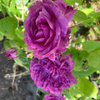
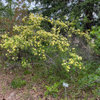

jerijen